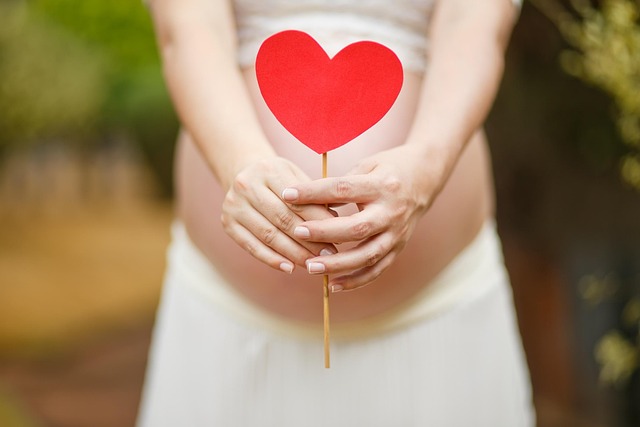In the early days after welcoming my first child, I found myself haunted by dark thoughts. Picture this: I’m carefully descending the stairs, my baby snug in a blanket, and suddenly I imagine a disastrous fall that sends us crashing against the wall. Or I’m driving to the store, and my mind conjures a horrifying head-on collision at high speed. I’d even visualize my little one gasping for air underwater during bath time.
I wondered if I was losing my mind and becoming a paranoid, fearful version of myself due to the exhaustion of motherhood. Then, during a chat with another new mom, I discovered I wasn’t alone. “I think about those things all the time!” she confessed, and we both felt a wave of relief. Together, we rationalized our macabre imaginings: it was our minds’ way of ensuring we became vigilant, protective mothers.
Fast forward seven years, and while those visions have become less frequent, they haven’t completely disappeared. Now, I also grapple with darker scenarios—like an active shooter in my son’s school or a bomb detonating at a crowded event. These thoughts are frightening, and yet they feel so far beyond my control.
Recently, my father pointed out that many parents today are raising children in a state of perpetual fear. “You all seem so shell-shocked,” he remarked. And it struck me—he was right. While we may not be on the front lines of conflict, we’re still affected by the creeping dread that has permeated our lives over the past couple of decades.
In our youth, we witnessed tragic events unfold live on television—airplanes colliding with buildings, people jumping to escape flames. Since then, 24/7 news coverage has bombarded us with stories of violence, tragedy, and horror from around the globe. We’ve been exposed to reports of bombings, child abductions, and other atrocities, all while navigating the joys and challenges of parenthood.
As the news cycle churns endlessly, it feels harder to find happiness amidst the chaos. The media competes for our attention, saturating our screens with relentless updates that never truly go away. Just yesterday, as I turned on the TV to find a cartoon for my four-year-old, I was met with the grim headline: “A Jordanian pilot has been burned alive by ISIS.” The warning labels on news sites, now often saying “WARNING: GRAPHIC CONTENT,” make me question the ethics of exposing such tragedies to the public eye.
With the Internet, we have access to a world of information. We can learn about local dangers and distant tragedies, making it seem as though the world is increasingly perilous. But the truth is, statistically, the world is safer than it seems. The fear of strangers harming our children is real but uncommon. Instead of fixating on distant dangers, we should focus our vigilance on the people in our immediate circles—family, friends, and mentors—who are more likely to harm children than any stranger.
I’ve learned to protect my mental well-being; I limit my exposure to local news and avoid distressing videos online. I want to be informed, but not to the point where cynicism and sadness become my default emotions. Just because I come across a harrowing story doesn’t mean I need to internalize it as a personal threat.
I remind myself: I can’t create a protective bubble around my kids. I can only strive to maintain my own happiness so that I can raise joyful children. This means allowing them to play outside unsupervised, fostering their independence and confidence. It also means teaching them to interact with others empathetically rather than out of fear, preparing them to create a safer world for themselves.
Let’s pledge to limit our consumption of violent news, read fewer posts about sick children if ours are healthy, and worry less about the uncontrollable. Instead, we should embrace the vastness of the world, appreciating its beauty alongside our children. Let’s engage with nature, allow our kids to experience failure and sadness, and chat with strangers. By doing so, we can relax our grip and ride the waves of life’s ups and downs together.
Doesn’t that sound refreshing? Not ignorance, but a blissful perspective nonetheless.
For further insights on family planning and home insemination, check out this excellent resource that covers important topics in pregnancy. And for those considering alternative paths to parenthood, this link offers practical guidance.
Summary:
In an age where news of violence and tragedy is ever-present, it’s easy to become overwhelmed as a parent. Many of us experience dark thoughts about our children’s safety, but it’s important to remember that the world is larger and safer than it often seems. By limiting exposure to distressing news, we can focus on fostering happiness and resilience in our families. Embracing the beauty of the world and nurturing independence in our children allows us to raise confident individuals, ready to navigate life’s challenges.
Keyphrase: Parenting in a Fearful World
Tags: “home insemination kit”, “home insemination syringe”, “self insemination”
